Corning's USB 3.Optical cable replaces copper with fiber optic filament for faster sustained data transfer over much longer distances than standard USB 3.0 cables, but that speed comes with a few caveats.
It's not often I'm sold on a computer product simply from the wording on the box, but when I saw what Corning promised with USB 3.Optical Cable, I knew immediately it was something I wanted. Even if transfer speeds were no greater than the Brand X cable bundled a new external drive, the allure of extra long cable runs was too enticing.
Design
At first I thought the box Corning sent its USB 3.Optical cable in read three feet which, albeit double the length of my current no-name USB 3.0 cable, isn't an improvement over most copper core products. It wasn't until realizing the test unit was 33 feet (10m) long that I cocked an eyebrow. Not only was I holding 33 feet worth of high-speed connectivity in my hand, but it was compact enough to fit into a container the size of a small paperback book. Impressive.
The cable body is very slim, much thinner than shielded copper strands, but feels well constructed. An overall diameter comparable in size to a No. 2 pencil's graphite core means the cable can be easily hidden and is small enough to snug between carpet and baseboard. Instead of the usual smooth rubber material used in most other products, Corning uses sheathing that feels almost woven to the touch, making it very easy to work with.
Both ends terminate in fairly large enclosures — one male, one female — made out of shiny plastic hard enough to keep USB 3.Optical's guts protected. Housed within the connectors are electrical-to-optical conversion units that transform common USB 3.0 signals to light, shoot it through fiber via a Class 1 laser and catch it on the other end. Two fiber elements run end-to-end between separate transmitter/receiver components, while a pair of 28-gauge copper wires power the system.
The USB 3.Optical cable can only be used with external drives which have a dedicated power supply. The optical cable itself obtains its power from the USB port, but there is not enough current to power a drive at the other end. If you do not have a self-powered drive, a USB hub with power supply will do the trick.
The cable can be used with legacy USB 2.0 drives but there are no speed advantages compared to regular copper cables. What you do get, however, is the advantage of long runs with no loss in speed, as well as the ability to run the cable around sharp corners. One of the main draws is that it can be bent and twisted without fear of signal degradation or physical breakage.
Performance
For testing I used a 7200 rpm 1TB Seagate ES (Enterprise Series) drive mounted in a USB 3.0 enclosure. Using a 1.5-foot standard cable, baseline throughput speeds maxed out at about 95 MB/s.
When I hooked up the Corning USB 3.Optical cable speeds were slightly better at an average 108 MB/s write and 101 MB/s read. The increases were slight, and no doubt limited by equipment on hand, but what makes it significant is that those speeds were maintained at ten times the length of a standard cable.
The cable suffered no loss in signal quality when introducing very severe 180-degree bends, much sharper than I would ever dream of applying to a standard USB cable. It maintained stability to the point of kinking. Corning's claim of durability held up during testing.
Due to its working internals, the connectors do get warm during operation. Corning built in over thermal protection, however, so heat generated during use is not expected to cause any damage.
Uses
The Corning USB 3.Optical cable immediately solved one problem that often plagues me when I hook up USB 3.0 drives to my Mac mini. While it enables speedy data swapping, USB 3.0 connectors at the drive end produce interference in the 2.4GHz range, bad news for anyone using that spectrum for Wi-Fi. Intel even published a detailed white paper on the issue.
Since I connect to my network via ethernet, the issue never really caused problems until Apple introduced cross-platform Mac-to-iOS Handoff capabilities built on a Wi-Fi backbone. It came to a point where I had to physically move my external drive as far away from the Mac as I could, or disconnect it, to get the feature working. I suspected the long USB 3.Optical cable would solve this issue, and it totally did.
For most users the extra cable length represents installation flexibility as it allows external drives and equipment to be placed far from a host computer. With 33 feet or more, you can place hot and noisy drive arrays in a separate room, while at the same time avoiding 2.4GHz spectrum interference, for example. It also helps remove clutter from around the computer.
As noted above, an attached external drive must have it's own power supply, as the USB 3.Optical cable's internal components use up a majority of the port's juice.
Conclusion
For anyone depending on an extra drive or array, this cable is the perfect way to connect your data to your computer. It performs as advertised and solves multiple issues with standard cables such as length and Wi-Fi interference, but is pricey at $110 for 33 feet. Depending on how much you value your data, the cost is a small price to pay for reliable connectivity.
Score: 4.5 out of 5 stars
Pros
- Long cable runs
- Up to 5 Gb/s transfer speeds.
- Backwards compatibility with USB 2.0
- Plug and play
Cons
- No power transmission, drives must be self-powered
- Pricey at $110, more than the cost of a 1TB external drive.
Where to buy
The cable is available in a variety of lengths from AppleInsider partner B&H Photo. A 10m version, as tested, sells for $109.99, while 15m and 30m models come in at $164.99 and $309.99, respectively. Corning's USB 3.Optical lineup tops out at 50m for $499.99.
 Marty Edwards
Marty Edwards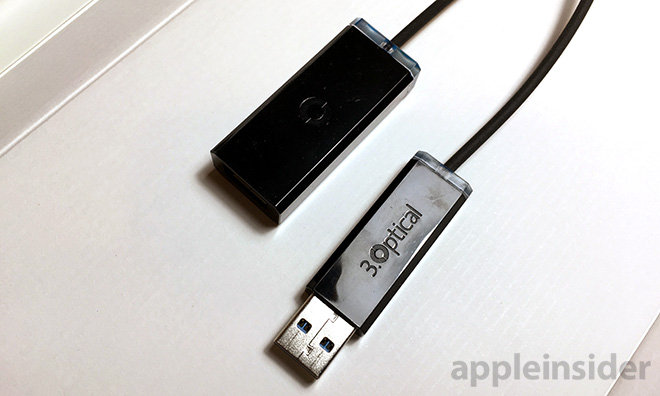
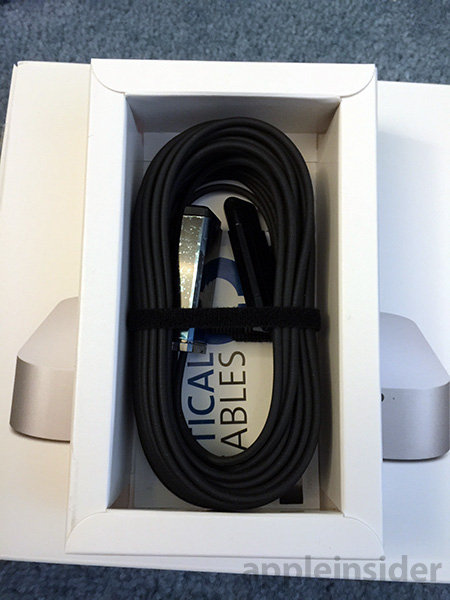
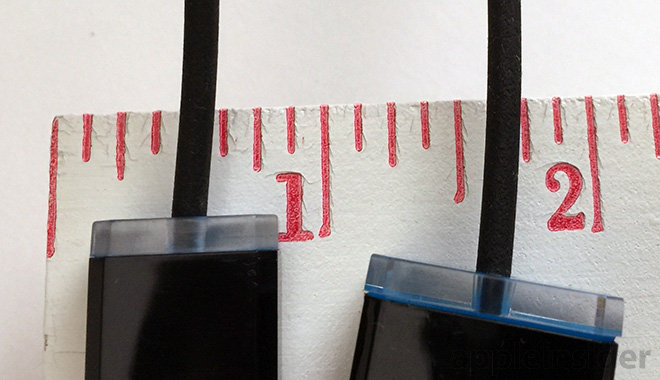
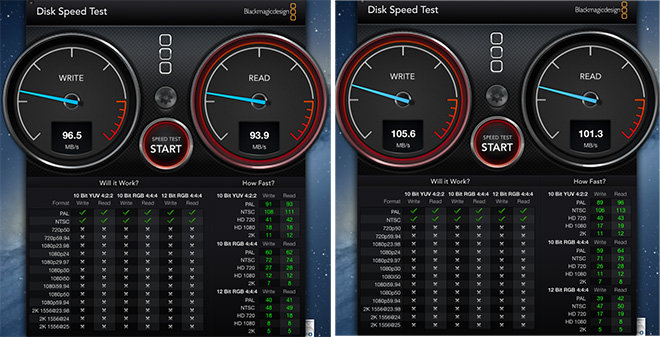
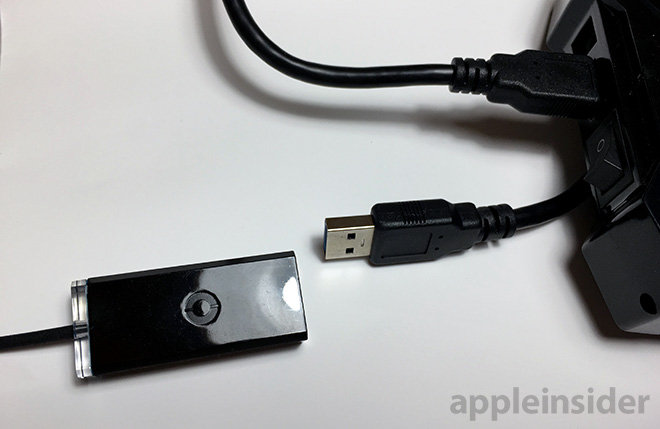
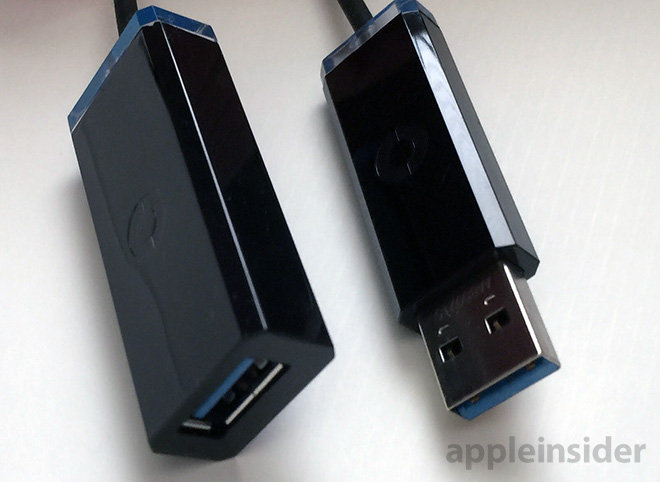
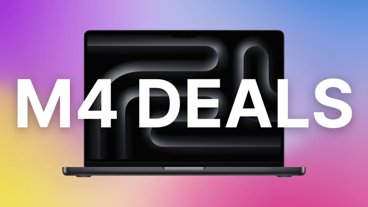
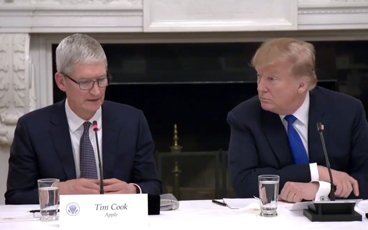
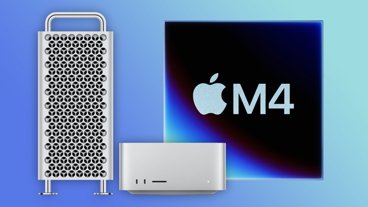
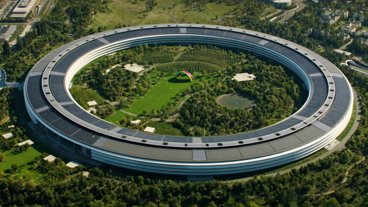
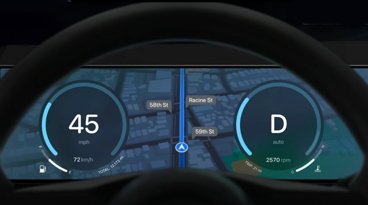

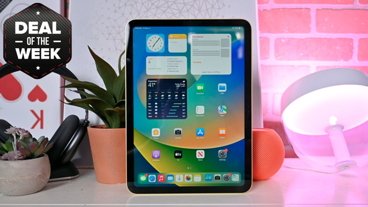
-m.jpg)





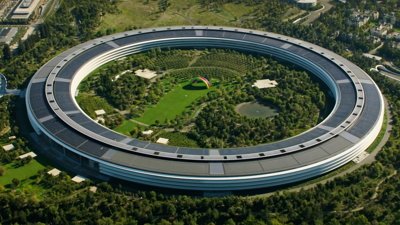
 Wesley Hilliard
Wesley Hilliard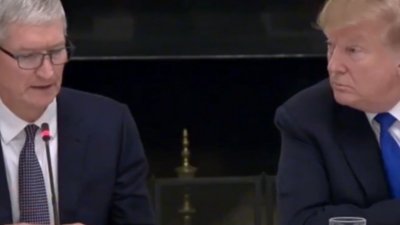
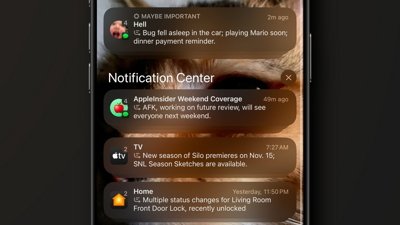
 Malcolm Owen
Malcolm Owen

 William Gallagher
William Gallagher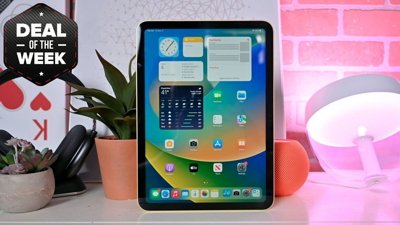
 Christine McKee
Christine McKee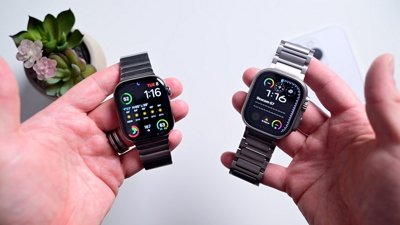
 Andrew O'Hara
Andrew O'Hara
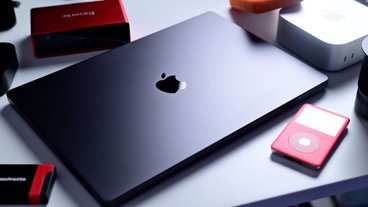

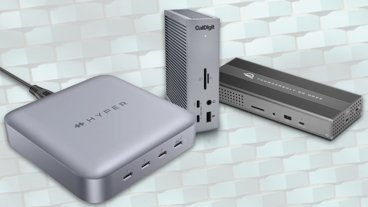





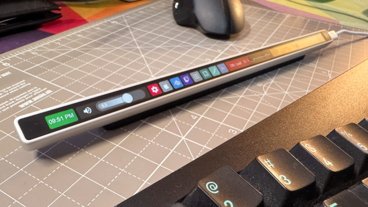

13 Comments
Pricey!
Can we edit these articles a little? It's = it is, Its = possessive... Thanks
Pricey!
So what? If you need it, it's worth it.
It also represents another move towards optical which has numerous inherent advantages over copper.
And it is still cheap compared to Thunderbolt enclosures and long cables. I have two Pegasus TB RAIDs in a shack outside our house and the cabling (2 times 30 m) was around $1.4k.
Bring it also for the future, which is Thunderbolt 3 and USB 3.1 type-C (reversible).